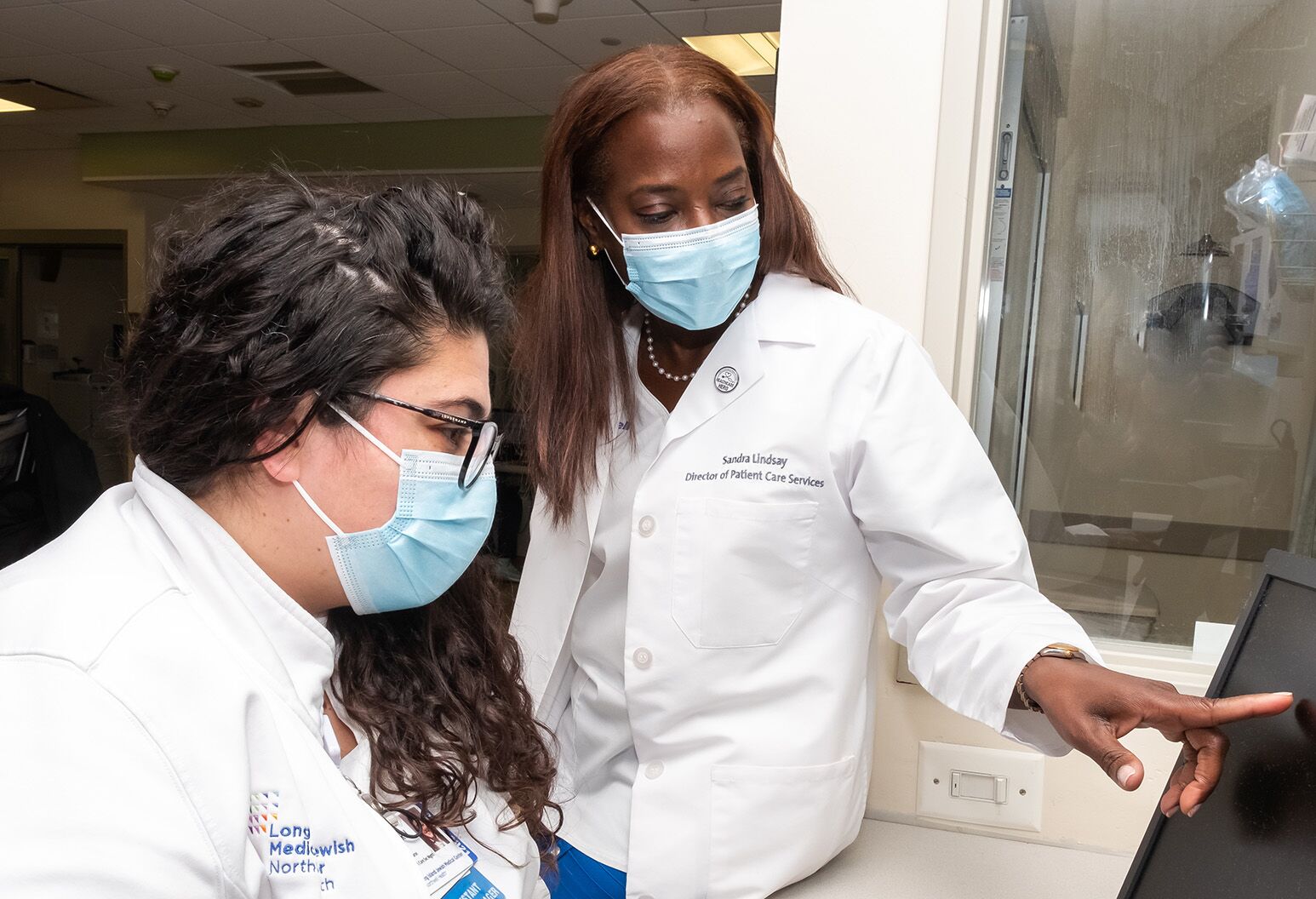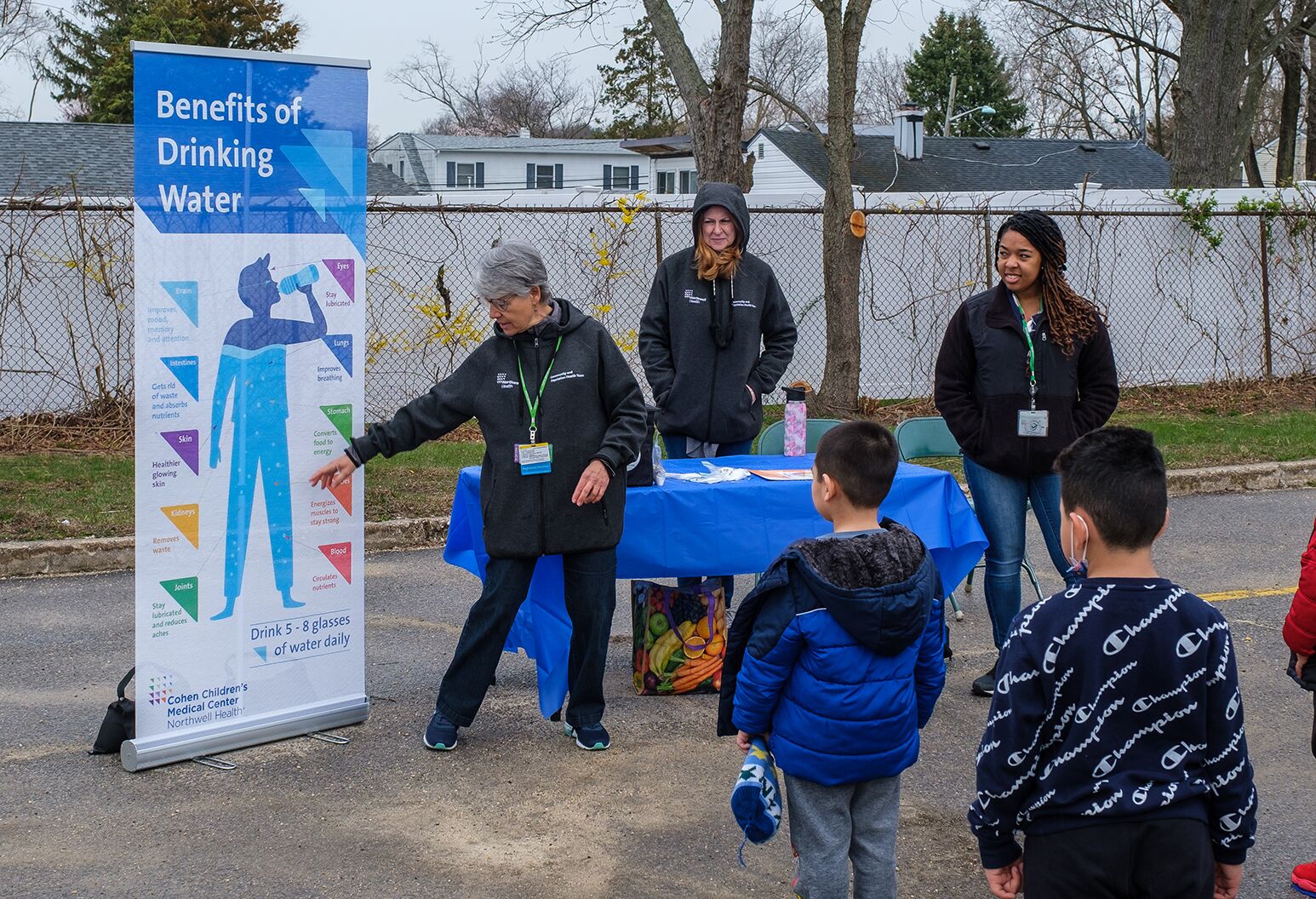Those who work in health care should be proud of the distinct role we play in our communities and society. We uphold and meet a special obligation and responsibility. Each day, lives are improved, health is restored and suffering is mitigated. Each day, lives are changed for the better.
I've had the privilege of working in health care and public service since I immigrated to the United States. I spent years working in academia, in government and in health insurance before coming to North Shore University Hospital (NSUH) in the early 1990s — a hospital that has evolved into Northwell, the largest health provider and private employer in New York State. I am privileged to have been president and CEO for the past 22 years.
Time spent in the various aspects of health care has afforded me opportunities to develop a textured understanding of the industry. I strove to see health care for what it was and, in doing so, became better able to envision what it could be. Appreciating the facts, history, limitations and dynamics of an industry is crucial. Anyone committed to improving health care knows that little is accomplished from criticizing it alone.
Health care is multi-dimensional and extremely complex. It accounts for 20% of the U.S. GDP. While there have been extraordinary advances that have extended life and benefited us all, issues such as access and affordability continue to be ongoing concerns.






